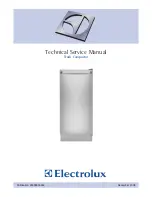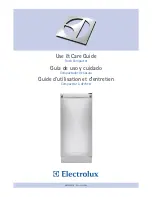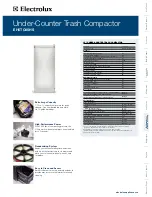
8
TXG23
ing the key, applying the parking brakes, and
chocking the wheels securely.
(8) Keep inflammables away from the engine dur-
ing operation. Especially during stationary oper-
ation do not operate the engine at high speeds so
as not to set fire to grass or straw with a heated
exhaust pipe or exhaust fumes.
(9)When you have to operate the tractor at night,
make sure of the location of the controls. If not,
the tractor might work unexpectedly by mistake.
U
LOADING ONTO OR UNLOADING FROM
A TRUCK
(1) When loading the tractor onto a truck or a trail-
er, turn off the truck’s engine and apply the
parking brakes to the truck or the trailer.
Otherwise, the truck could move and the tractor
fall to the ground.
(2) Pay sufficient attention to the safety conditions
around the tractor and have it guided by some-
one to assist the operation. Never allow other
persons to approach the tractor, especially in
front of or behind it.
(3) when loading or unloading the machine on/off a
truck, set slip-proof ramps at the same angles
and drive the tractor straight at sufficiently slow
speeds. Loading the tractor in reverse travel and
unloading it in forward travel.
(4) Never depress the brake pedals or clutch pedal
during loading or unloading operation, or the
tractor may shift sideways, which may cause it
to fall off the ramps.
(5) If the engine stalls unexpectedly on the ramps,
depress the brake pedals immediately and roll
the tractor to the ground by manipulating the
brake pedals. Start the engine on the ground and
try again.
(6) When the machine is loaded on the truck, stop
the engine, apply parking brakes, and withdraw
the starter key, chock the wheels, and rope it
securely to the truck. During transportation, do
not make sharp turns needlessly so as not to





































